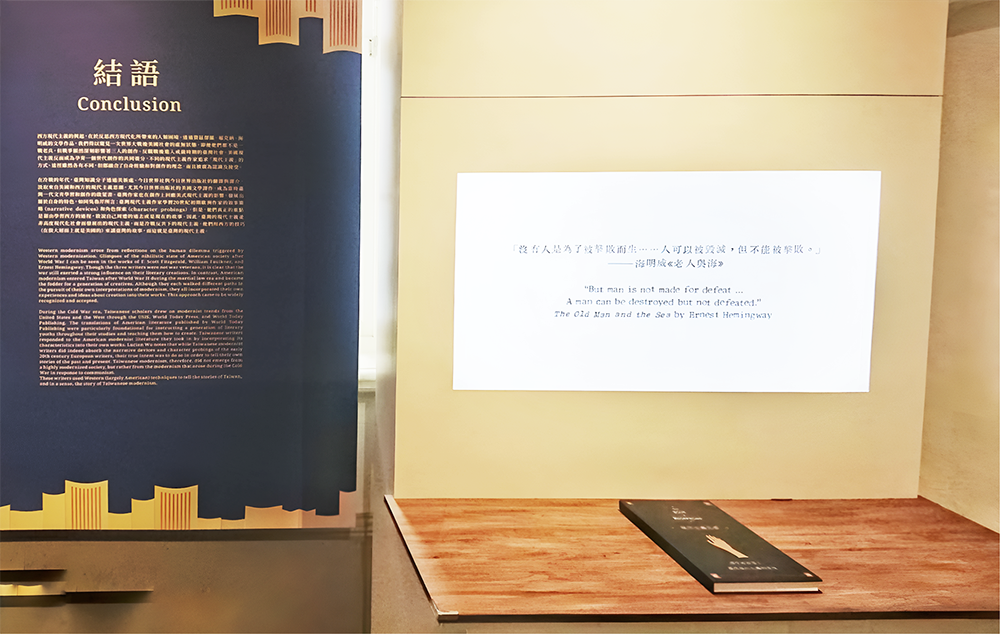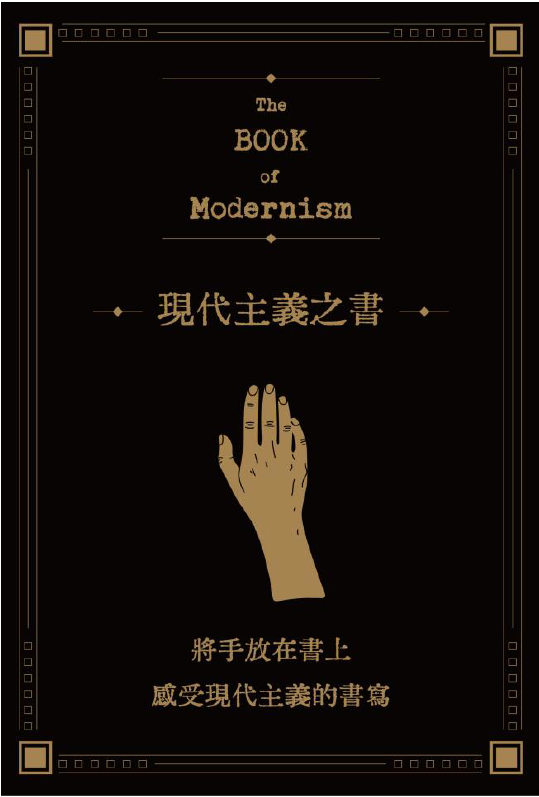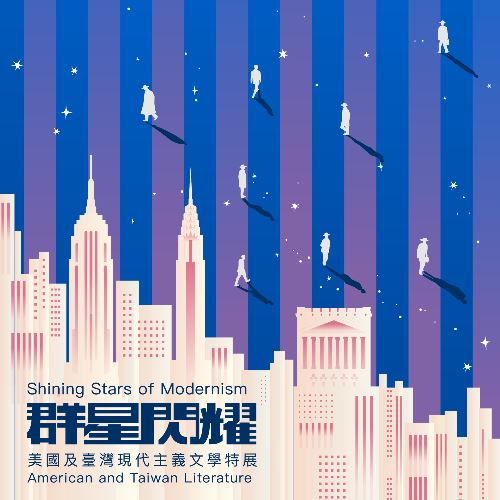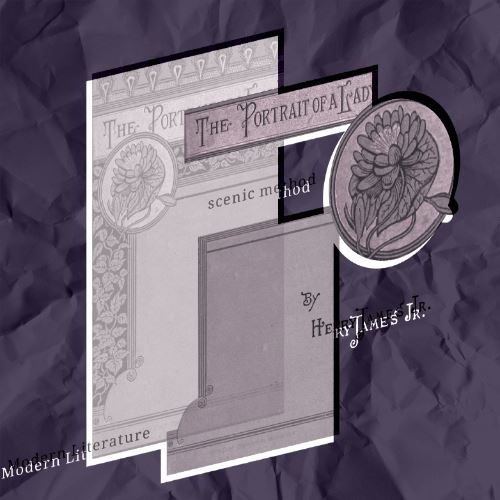
Western modernism arose from reflections on the human dilemma triggered by Western modernization. Glimpses of the nihilistic state of American society after World War I can be seen in the works of F. Scott Fitzgerald, William Faulkner, and Ernest Hemingway. Though the three writers were not war veterans, it is clear that the war still exerted a strong influence on their literary creations. In contrast, American modernism entered Taiwan after World War II during the martial law era and became the fodder for a generation of creatives. Although they each walked different paths in the pursuit of their own interpretations of modernism, they all incorporated their own experiences and ideas about creation into their works. This approach came to be widely recognized and accepted.

During the Cold War era, Taiwanese scholars drew on modernist trends from the United States and the West through the USIS, World Today Press, and World Today Publishing. The translations of American literature published by World Today Publishing were particularly foundational for instructing a generation of literary youths throughout their studies and teaching them how to create. Taiwanese writers responded to the American modernist literature they took in by incorporating its characteristics into their own works. Lucian Wu notes that while Taiwanese modernist writers did indeed absorb the narrative devices and character probings of the early 20th century European writers, their true intent was to do so in order to tell their own stories of the past and present. Taiwanese modernism, therefore, did not emerge from a highly modernized society, but rather from the modernism that arose during the Cold War in response to communism.
These writers used Western (largely American) techniques to tell the stories of Taiwan, and in a sense, the story of Taiwanese modernism.









